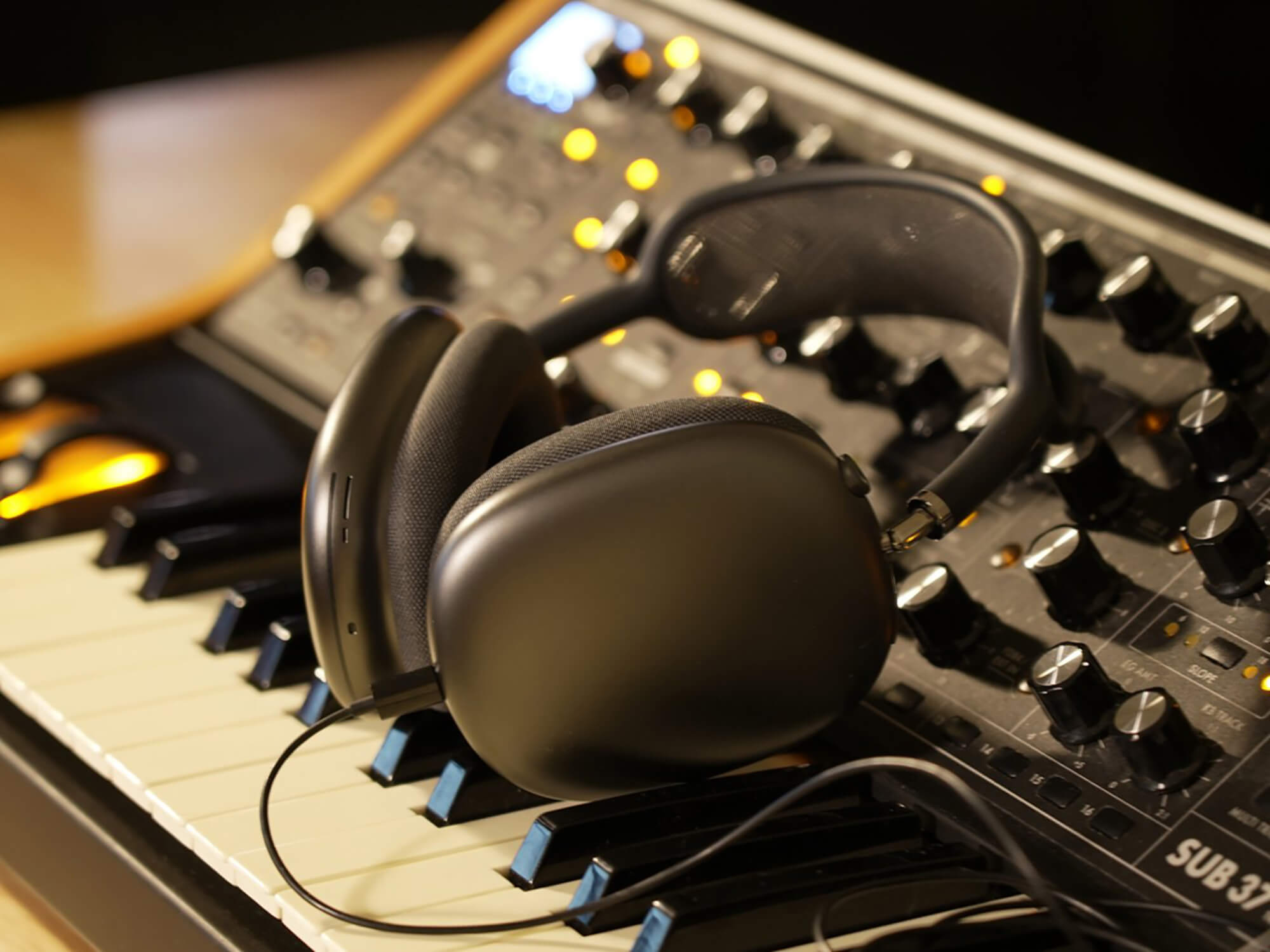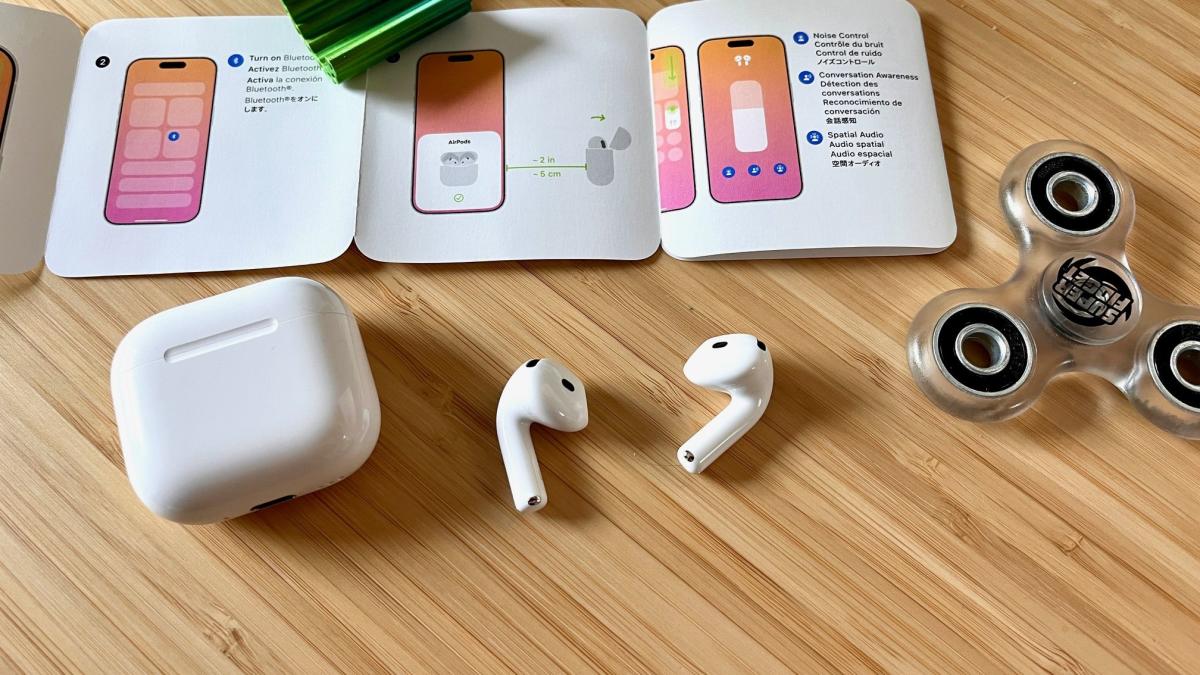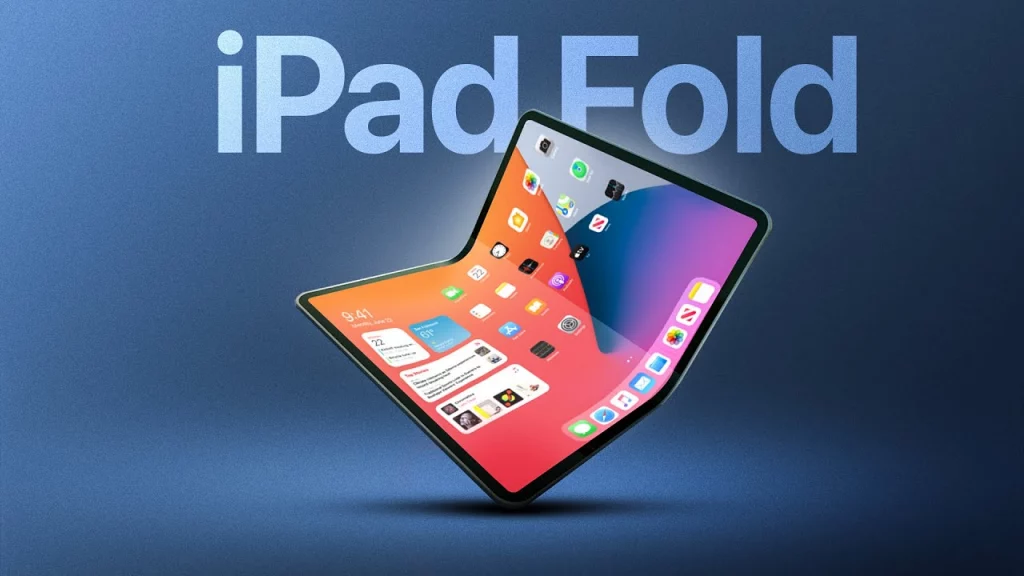Apple is dealing with two big legal issues. First, the company agreed to pay $95 million to settle a lawsuit claiming its voice assistant, Siri, recorded private talks without permission. If you owned a Siri-enabled device like an iPhone, iPad, or Apple Watch between September 17, 2014, and December 31, 2024, and Siri accidentally turned on during a private conversation, you might get up to $20 per device, for up to five devices.
You need to submit a claim by July 2, 2025, swearing the activation happened during a confidential moment. The final amount depends on how many people claim. Apple says Siri data was never used for ads and settled to avoid more court fights. Meanwhile, Apple is also in a legal tussle with Epic Games over App Store rules. Epic, the maker of Fortnite, won a court ruling saying Apple must let developers tell users about other payment options outside the App Store.
Apple wants to pause these changes while appealing, arguing it needs time to adjust and protect users. Epic disagrees, saying Apple’s delays hurt competition. The court hasn’t decided yet, but this fight could change how apps handle payments. Both cases show Apple navigating tough legal waters. The Siri settlement offers some users a small payout, while the Epic battle could reshape the App Store’s future. For now, Apple is balancing user trust and business rules as these cases unfold.






